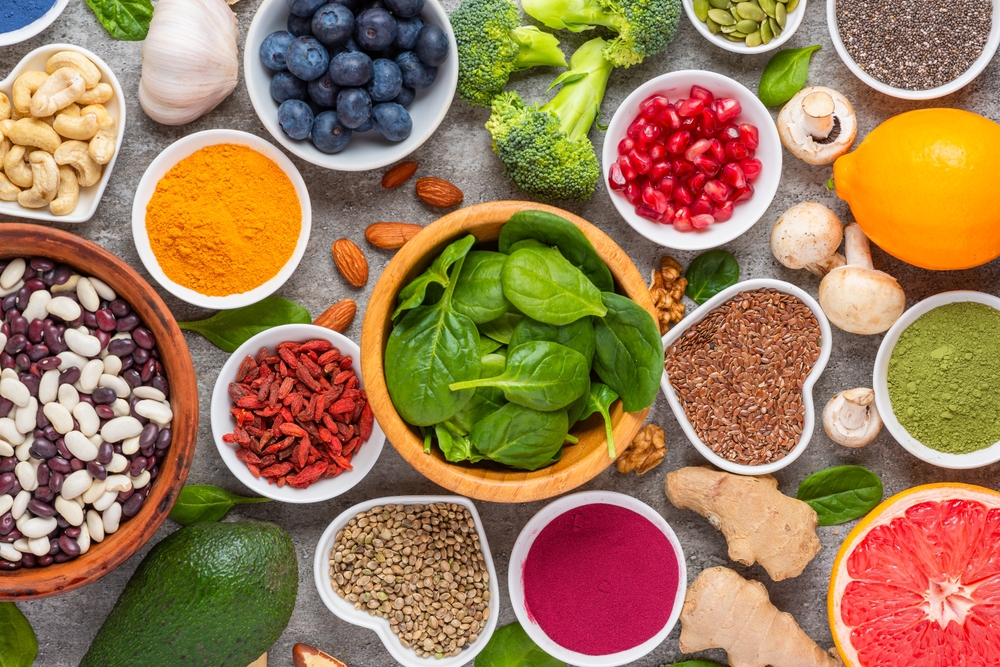
When we talk about beverage trends in terms of product development opportunities, we of course have to consider what’s happening in the world on a macro-level. We can’t develop successful new beverages for consumers if we don’t understand what they’re interested in as a whole – and right now, that’s healthy living. Consumers across the globe are increasingly focused on maintaining and improving their health, not just from a weight-loss perspective but rather through overall lifestyle improvements. They want to know that their snack or beverage of choice is doing something to benefit their body and their life, not just acting as a crunchy, empty-calorie bite during work. And this desire for healthy living is fulfilled by function-based products, those that provide some specific functional benefit to the consumer. In this category we see brands like Good Belly (aimed at helping your digestive tract do its job) and the Neuro line of products, each of which serves a different function from sleep aid to relaxation to daily energy boosts while still being a delicious tasting juice. Arguably the most rapidly growing element of the functional health category is “superfruits”, or fruits that are particularly high in nutrient content, especially antioxidants. Flavors like dragonfruit, passionfruit, goji and acai have becoming increasingly present on the supermarket shelves as consumers associate them with healthy living.
Interestingly, it’s not always necessary for beverages in the superfruit category to actually contain the real ingredient to appeal to health-conscious consumers. Often, calling out the flavor-profile of the acai or goji berry on the product’s packaging is enough to satisfy the consumer. My favorite example of this is Snapple’s peach mangosteen juice, which contains no actual mangosteen fruit and therefore no functional benefit, yet it’s highly attractive on the shelf to health-focused consumers because of its targeted packaging and flavor profile. It’s also important to note that because the flavor profiles of superfruits are largely foreign to consumer palates, it is often helpful to pair these ingredients with more mainstream flavors to create an exotic new combination profile that is also likely to attract consumers – acai blueberry and strawberry dragonfruit are among the most common market varieties of this trend.
The opportunity for developers in the superfruit category lies in expanding awareness to non-typical audiences. Superfruit-flavored products are already gaining ground with millennial parents shopping for themselves and their growing children, and with health-conscious consumers who want the functional benefits of the fruits, but there is room for new products aimed at athletes and older men. These consumer segments also seek out functional products that can improve their overall health, but are often more interested in the protein content of a beverage than in the antioxidant value. Informational product marketing on the potential benefits of superfruit beverages for aging effects and energy, as well as blending antioxidant and protein benefits in one product, could prove helpful in attracting these products.



